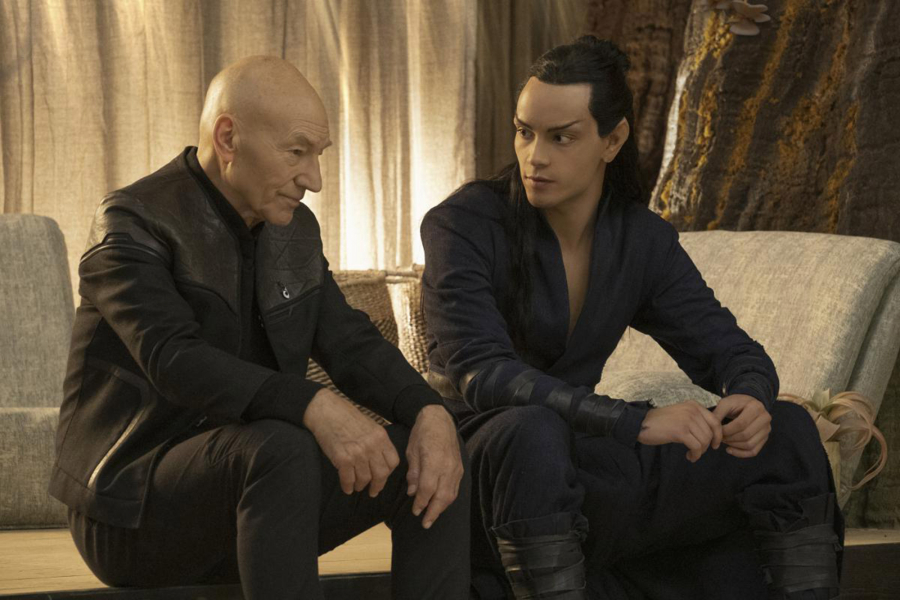Of all the science fiction franchises in the known universe, the one I would take to a desert island — or planet, I guess — is “Star Trek.”
I am not a Trekkie by any means (not that there’s anything wrong with that). I have never dressed as a Vulcan. I can’t speak a word of Klingon or identify the starships by their silhouettes or tell you how many tribbles it takes to make trouble. But a lot of general knowledge has seeped into my brain over the years: “Beam me up, Scotty.” “Fascinating.” “He’s dead, Jim.” “I’m a doctor, not a (insert any other profession).” “Make it so.” “Engage.”
I’ve watched every series, if not in their entirety, and all of the movies. And I have greeted each new iteration with interest and a certain “Hello, old friend. What are you up to now?” affection.
This year marks the centenary of creator Gene Roddenberry’s birth and 55 years since the premiere of what is now officially referred to as “The Original Series,” or “TOS,” and there are various home video remasterings and reboxings available. Last month saw the premiere of the excellent “Star Trek: Prodigy,” streaming on Paramount+. This new CGI series is about a bunch of misfit teenagers escaping a slave-labor camp in a stolen Federation starship, on the run from a very bad guy — but kind of joyriding too. (It’s being advertised as the first “Trek” series aimed at young audiences, somehow forgetting or reclassifying the early 1970s “Star Trek: The Animated Series,” which featured William Shatner, Leonard Nimoy and DeForest Kelley in their original roles as Kirk, Spock and McCoy, aired Saturday mornings, and won a Daytime Emmy as a “children’s series” in 1975.) None of the characters is human or in some cases even humanoid, apart from the hologram of Capt. Janeway (Kate Mulgrew), employed here as a kind of interactive help-bot. It is quite lively in terms of action, and funny where it’s supposed to be, but as in all “Star Trek” series and films, character is what counts most.



